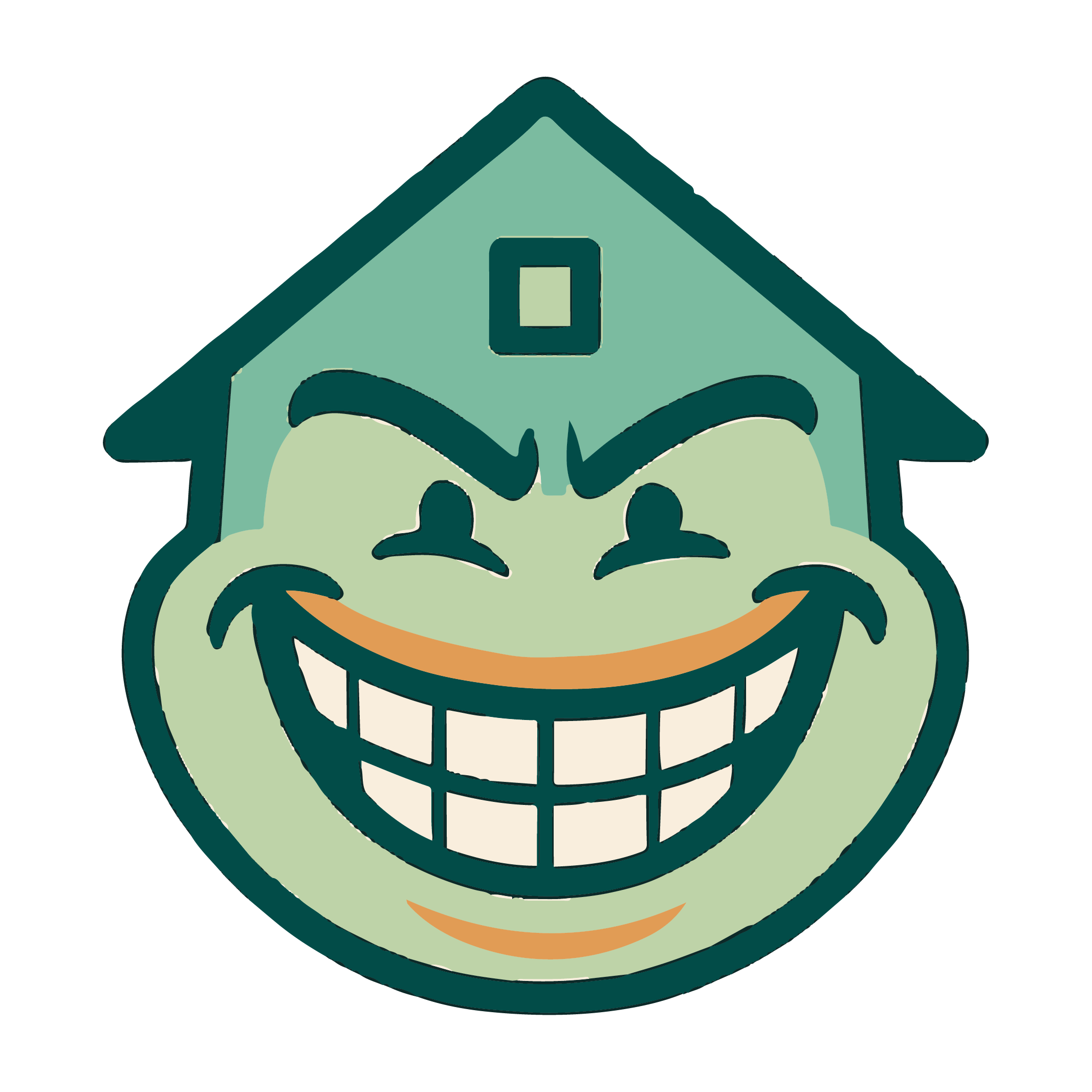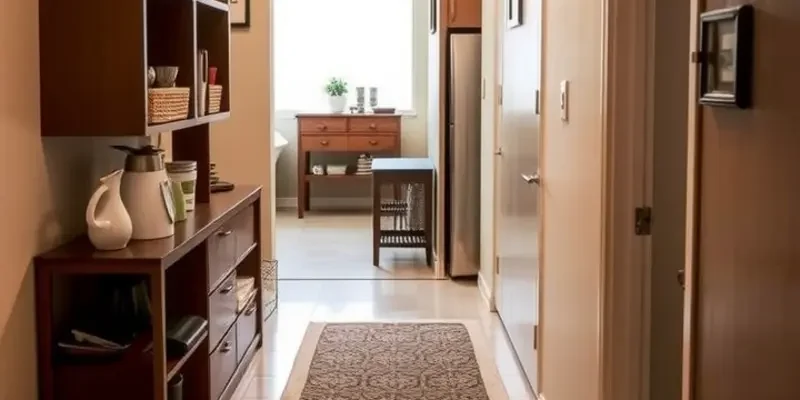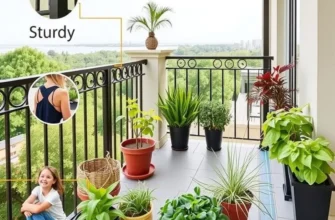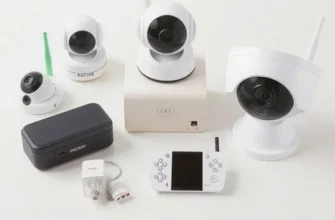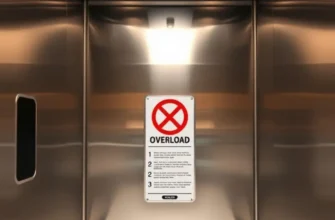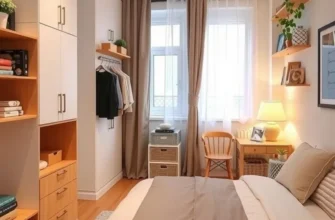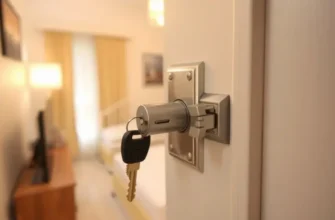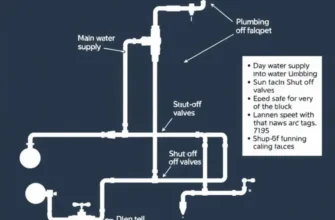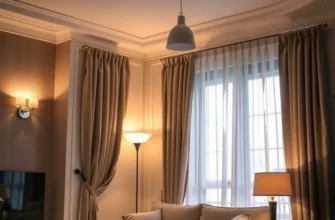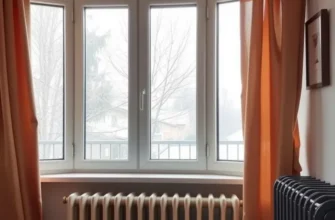For renters, maintaining safety within your apartment isn’t just a priority; it’s essential for your peace of mind. Slip and fall accidents are a leading cause of injuries in residential spaces, and understanding how to minimize risks can turn your living environment into a safer haven. This guide offers practical strategies tailored for renters across the U.S., focusing on simple and hassle-free maintenance solutions. From recognizing potential hazards to implementing effective prevention measures, you’ll discover how easy it can be to create a secure living space. By following these steps, you can take charge of your safety, avoid unnecessary injuries, and enjoy your apartment life with confidence. Let’s explore methods to combat slips and falls in our homes, ensuring that safety and comfort go hand in hand.
Identifying Common Hazards in Your Apartment
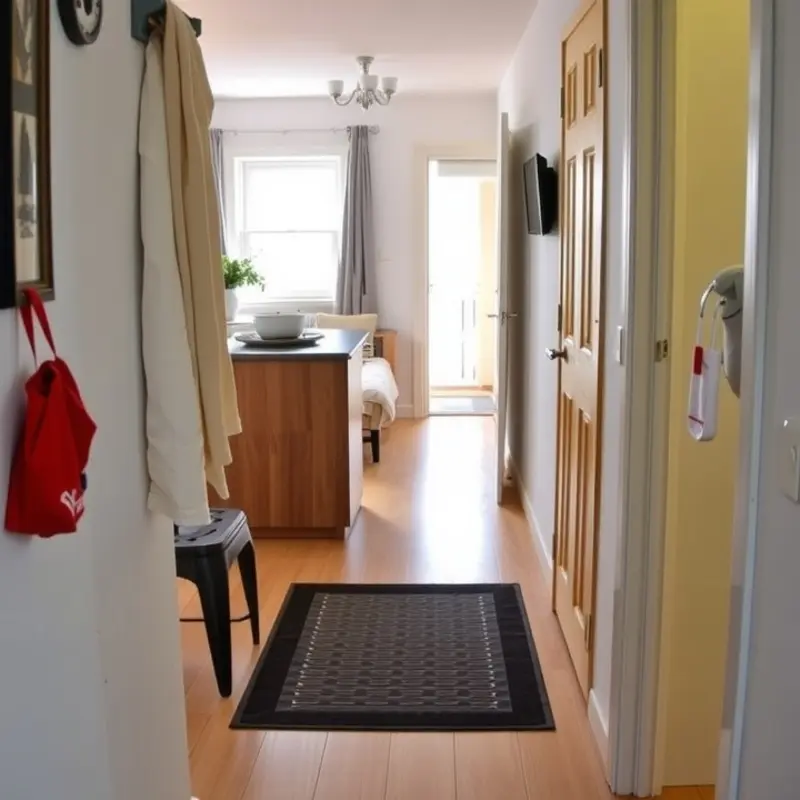
Accidents often stem from hazards that blend into our everyday environments. Renters can prevent slips and falls by identifying potential risks within their apartments. Careful inspection of specific areas like entryways, kitchens, and bathrooms can uncover these risks.
Entryways are frequently cluttered with shoes, bags, and other miscellaneous items. This clutter is a common tripping hazard. Keep the entrance clear and use a shoe rack to organize footwear. Additionally, ensure that doormats lay flat to avoid catching your foot.
In kitchens, slippery floors caused by spills or grease are dangerous. Regularly clean floors and use non-slip mats in front of sinks and stoves. Pay attention to loose cabinet doors and drawers, as they can cause accidents if left open.
Bathrooms are notorious for slip risks due to moisture. Use rubber-backed bath mats beside the tub or shower. Install grab bars to provide stability when entering or exiting the bath. Be cautious about using the bathroom shortly after cleaning, as certain products can leave slick residues on floors.
Beyond these rooms, there are common items throughout an apartment that can lead to falls:
- Rugs: Ensure rugs are secured with non-slip backing or rug pads. Avoid rugs with curled edges as they can cause trips.
- Clutter: Maintain clear walkways. Store items efficiently using vertical storage solutions or consider organizational aids like baskets (as explored here).
- Uneven surfaces: Check for uneven flooring or thresholds and mark them temporarily with brightly colored tape until they can be fixed.
Evaluating these elements in your living space is key to minimizing risks. Create a checklist to systematically address potential hazards:
- Inspect entryways for clutter and ensure mats are secure.
- In kitchens, clean spills immediately and use non-slip flooring options.
- In bathrooms, install non-slip mats and consider grab bars.
- Secure all rugs with non-slip backing.
- Regularly audit your space for clutter and maintain organized, clear paths.
- Address uneven flooring.
By adopting these strategies, you can significantly reduce the risk of falls in your apartment, fostering a safer living environment.
Simple Solutions for Safer Living Spaces
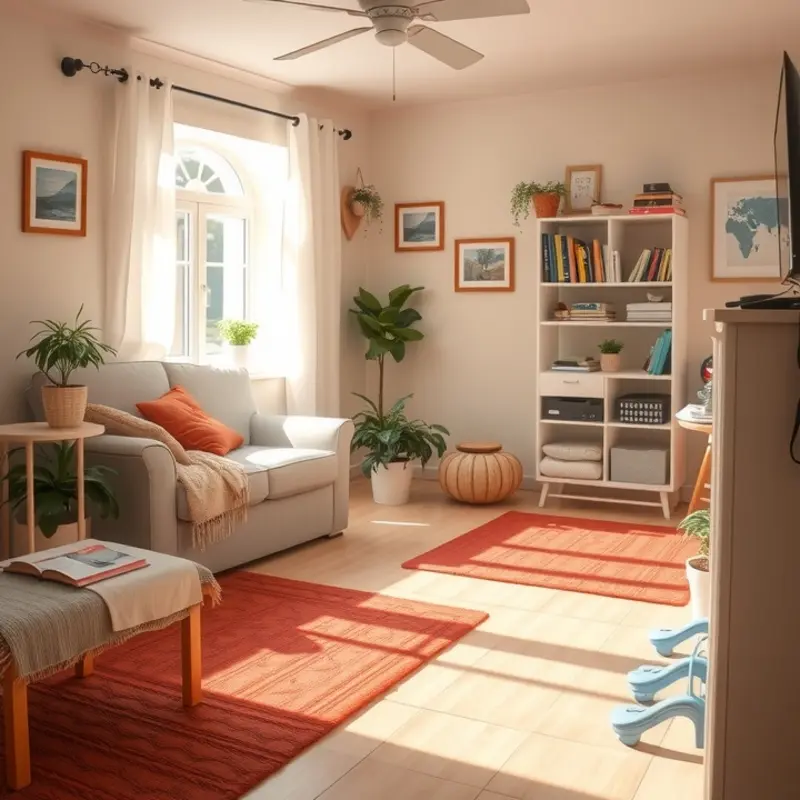
Implementing simple modifications in your apartment can significantly enhance safety and prevent slips and falls. With some strategic adjustments, you can transform your living space into a haven of safety starting with non-slip mats. These mats are invaluable, especially in areas prone to moisture, like bathrooms and kitchens. Choose mats with a sturdy grip that adhere well to various surfaces, helping to mitigate the risk of a sudden slip.
Lighting plays a crucial role in creating a safe environment. Ensure all pathways and frequently used areas are well-lit. Consider using energy-efficient LED bulbs to brighten hallways, staircases, and entryways. In addition to being cost-effective, they significantly improve visibility, reducing the chances of a fall. Don’t overlook the importance of night lights in bathrooms and hallways, as these provide guidance during nighttime trips.
Maintaining a clutter-free environment is another practical step towards safety. Use storage solutions to organize and clear pathways regularly. Items left on floors can create dangerous obstacles, so it’s essential to develop a routine for tidying up. You might find helpful tips on organizing at this link, which offers insights into maximizing storage space.
Routine maintenance is key to preventing accidents. Address leaks promptly, as water accumulation can create slippery surfaces. Regular inspections of faucets and pipes can prevent leaks from becoming significant hazards. Additionally, check your flooring for loose or damaged sections and notify your landlord for repairs if needed.
Choose flooring materials that provide grip and are easy to maintain. If you’re considering temporary changes, like area rugs, ensure they are secured with anti-slip underlays. Avoid slick surfaces, such as polished tiles or glossy finishes that may increase the risk of a fall.
By integrating these practices into your daily routine, you can take significant steps towards a safer living environment. These incremental changes not only make your apartment more secure but also enhance your overall quality of life, allowing you to live more comfortably and confidently.
Final words
Preventing slips and falls in your apartment is a vital aspect of ensuring safety and security in your home. By taking the time to identify potential hazards and implementing practical solutions, you can significantly reduce the risk of accidents. Regular maintenance and vigilance can go a long way in creating a comfortable living environment. Remember, a secure home promotes peace of mind, allowing you to enjoy your apartment fully and focus on what truly matters. Make these small changes today for a safer tomorrow.
